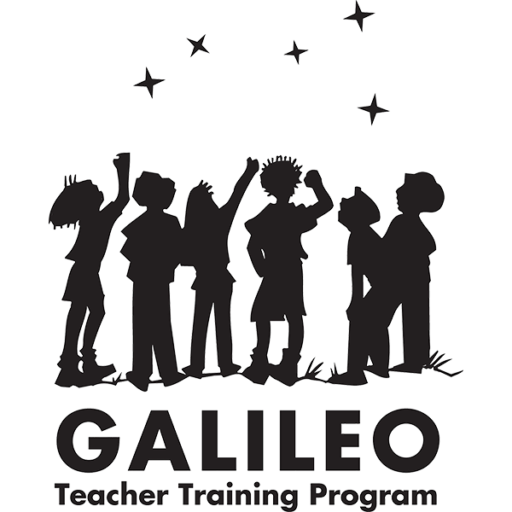This article is based on a Press Release by CESAR (Cooperation through Education in Science and Astronomy Research)

During the period 17th-21st of October 2022 the third edition of the ESA Galileo Teacher Training (ESA/GTTP 2023) was held by the CESAR Team, in an online format, under the topic Space for All.
ESA/GTTP is a joint collaboration between the CESAR Team and NUCLIO (the coordinators of the Galileo Teacher Training Program – GTTP), which started in 2020, in collaboration with the Institute of Astrophysics of the Canary Island (IAC), the Faulkes Telescope Project and the National’s Schools’ Observatory.
Around 50 teachers, spread all around the world, teaching all kind of subjects from primary to secondary educational level, vocational training and astronomy clubs attended to this course. In this edition it was the first time that we could count among our collaborators with teachers, in particular from Bahrain and Iran.
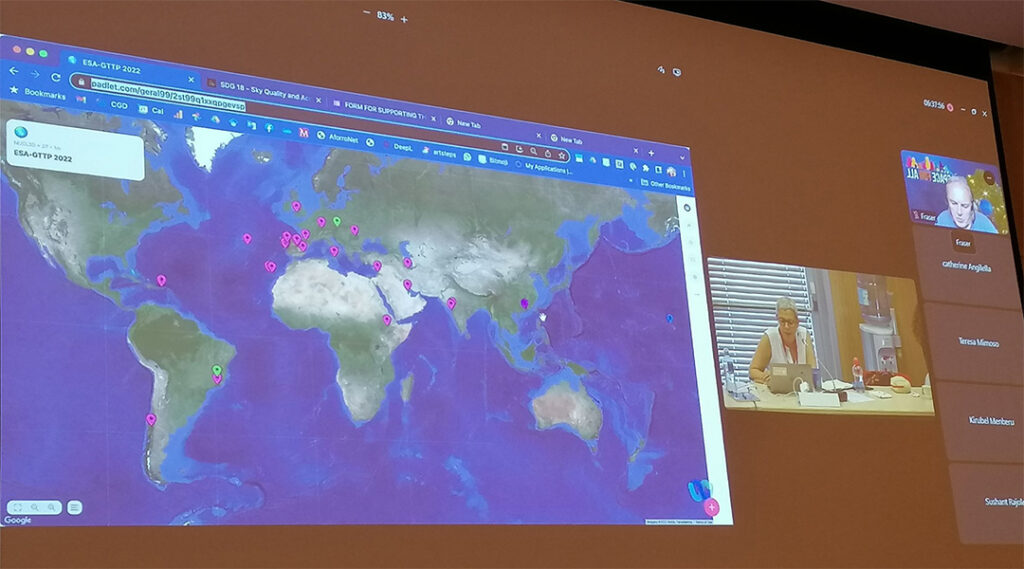
This teacher training was designed as a perfect combination among experts talks (scientist and engineers), educational activities easy to replicate in the classroom and teacher’s feedback. The expert talks included an introduction to the European Space Agency (ESA) and its scientific programme as well to an introduction to the CESAR Project.
As part of the expert talks we could count with the latest news about the James Webb Space Telescope mission and how its high resolution images are changing the knowledge we had from the Universe, and in particular, the detection of the potential most ancient galaxy ever detected (~13.500 million years-old), the Gaia mission and its latest data release (Release 3) that allows to generate the most precise 3D map of the Galaxy (scanning ~1% of our galaxy), the Solar Orbiter mission and its new discoveries about the Sun magnetic field variation and its impact in the solar wind, together with the current status of the BepiColombo mission, on its way to Mercury, which has taken pictures with a webcam on its already sixth fly-by around the planet, before achieving its final orbit around Mercury, on the 2025.
Together to the expert talks there were performed several hands-on activities, some with common materials and some with computers and educational software, all of them easy to reproduce in the classroom and quite visual. Among the hands-on activities teachers could extract the tomato DNA and see the different type of craters created in the solar system. Using computers, teachers could access to the open source software SalsaJ and analyse scientific data collected by the CESAR telescopes, PETeR project and Faulkes robotic telescope as well as the ESA data collected by their scientific missions, accessible through the science-driven web portal (ESASky).
By the first time on the ESA/GTTP we could count with a round table under the topic “Inclusion and Innovation in Education”, moderated by the CESAR Team coordinator, Sandra Benitez.
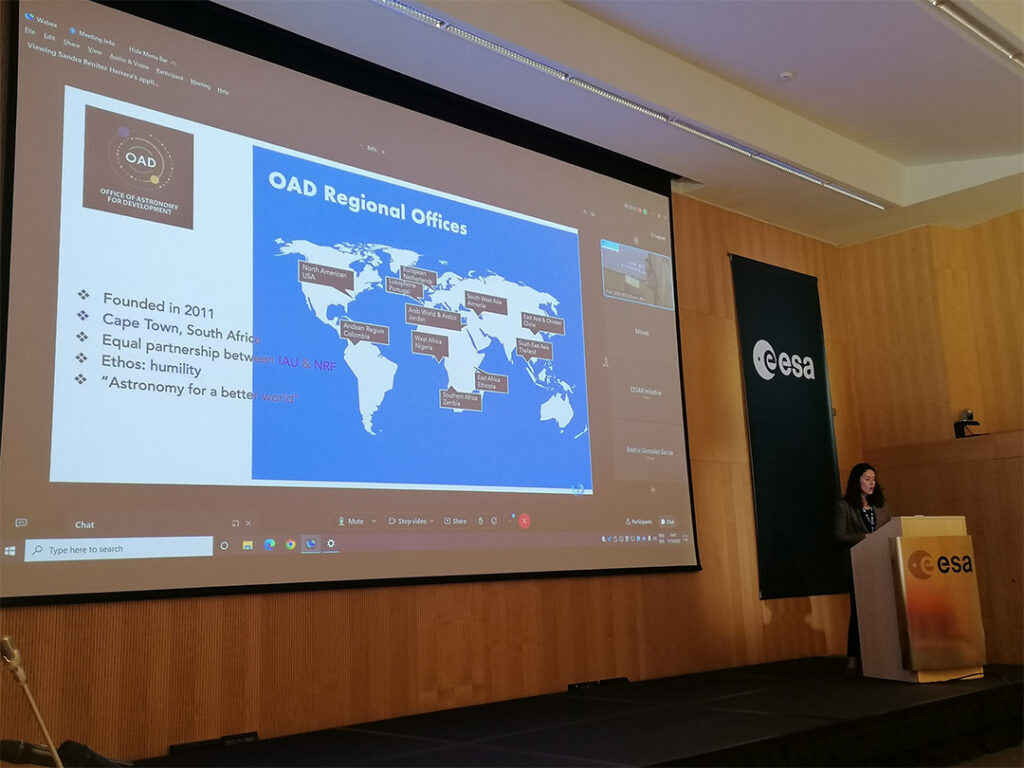


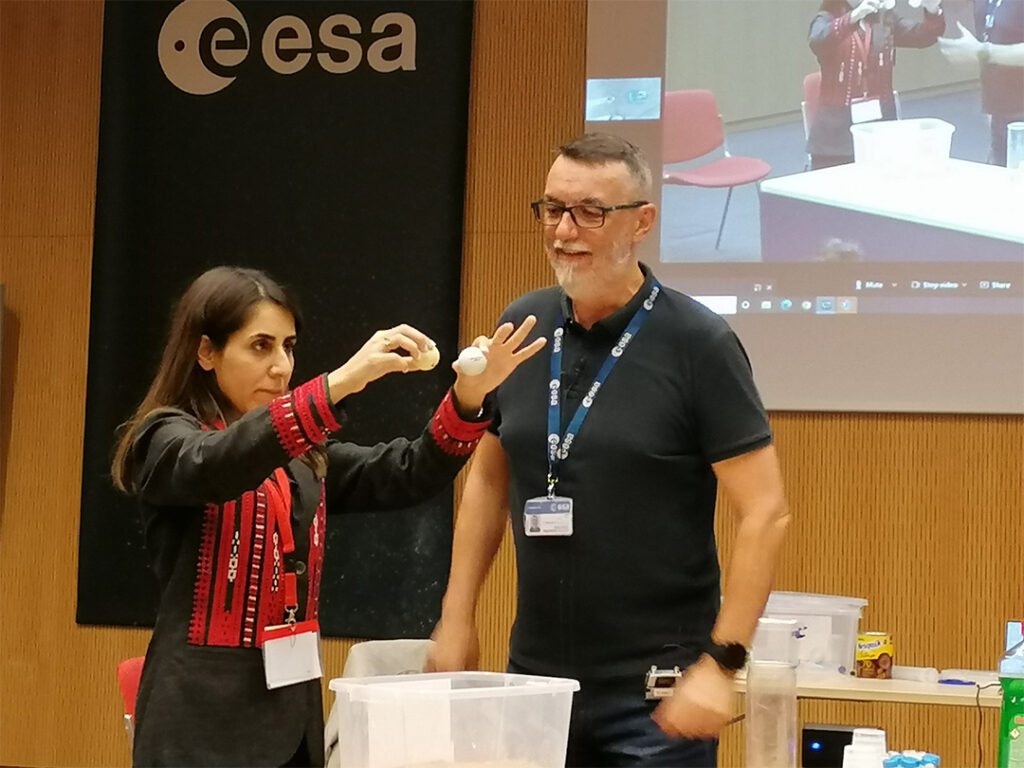
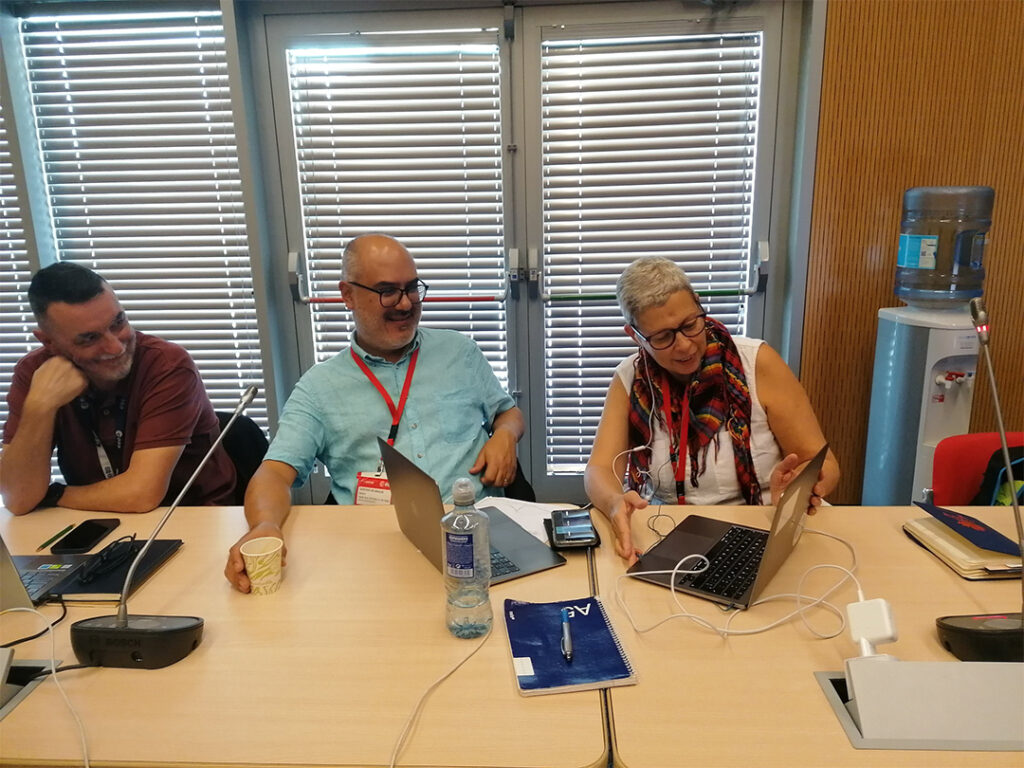

We look forward to seeing you all at the 2024 edition of the ESA/GTTP.
